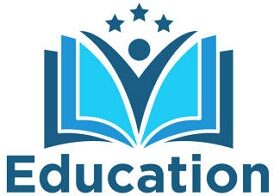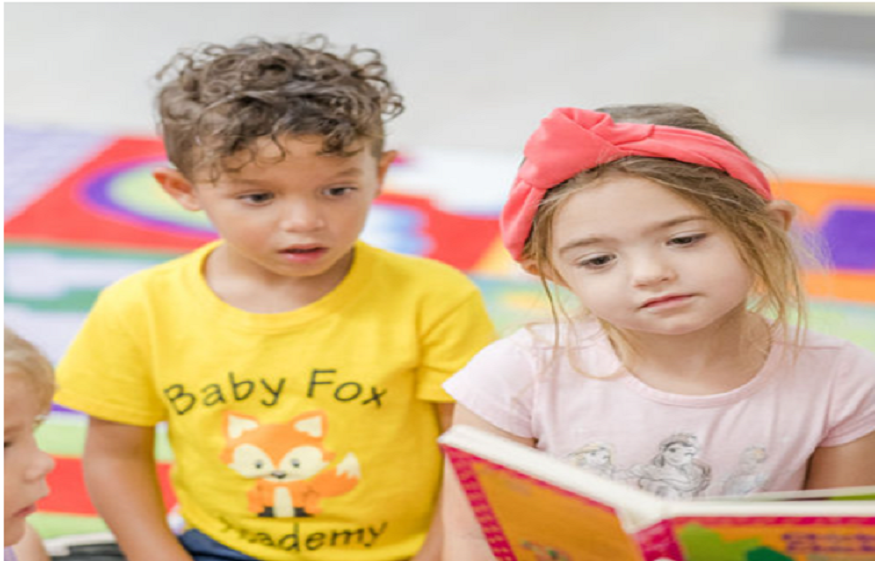Well-equipped classrooms are crucial to the development of young children. This is more than a place to play. It’s a place that promotes creativity, social interactions, cognitive development, and emotional wellbeing. To create a learning environment that is effective, educators must ensure that the classroom is organized, safe, and stimulating. This is a complete list of what should be in every preschool classroom.
1. Comfortable and safe environment
In any preschool class, safety and comfort should be the top priority. Children need to be able to explore in a safe environment.
- Soft flooring: Rubber, foam mats or carpets provide a cushioned floor for children to play on and reduce the chance of slipping and falling.
- Child-Sized furniture: Tables and chairs at child’s height encourage independence and easy access.
- Clear Pathways: Allowing for free movement, open areas are less likely to cause tripping hazards.
- Emergency Supplies: Fire extinguishers and first aid kits should be available. Also, emergency contact numbers should also be easily accessible.
2. Learning Centers
Using organized learning centers, children can explore a variety of subjects by engaging in hands-on activities. Here are some essential learning centers that every preschool classroom must include:
- Reading Corner: Encourage literacy by creating a cozy corner with pillows and cushions, as well as books that are suitable for children.
- Art Station: This area is stocked with crayons and markers, paper, glues, scissors, and paints to encourage creativity.
- Science and Nature Center – Magnifying glasses and shells, as well as simple experiments, will spark your curiosity.
- Block Area: Building blocks of different sizes are used to promote problem-solving skills and fine motor abilities.
- Dramatic Play Corner: costumes, dolls, and play kitchens encourage imaginative play.
3. Materials and Supplies for Education
Preschool classrooms should have educational materials that are age-appropriate and support the development of motor skills and cognitive abilities.
- Manipulatives are items like puzzles and beads that help develop fine motor skills. They also improve problem solving and enhance problem solving abilities.
- Visual Aids: Posters and charts reinforce lessons, while flashcards and other visual aids provide opportunities for learning.
- Writing Tools: Crayons and markers help children to develop early writing skills.
- Math Resources: Number charts, counting bears and measuring tools are all great resources to introduce math concepts.
4. Technology and Learning Tools
Technology can be a great support to hands-on education in preschool.
- Interactive Whiteboards are great for engaging children in group activities.
- Tablets and computers: age-appropriate apps can help reinforce literacy skills.
- Children can enjoy audiobooks or music with headphones and audio players.
5. Storage and Organization
A well-organized classroom encourages independence and reduces distractions.
- Cubbies and Lockers: Individual storage space for backpacks, coats and other belongings.
- Labeled Bins – Clear labels with words and pictures help children to identify the bins that toys and supplies belong in.
- Teacher Storage: Drawers and cabinets for organizing art supplies, lesson plans, and teaching materials.
6. Tools for Social and Emotional Learning
The preschool years are a crucial time to develop social and emotional skills. The classroom should have resources to support this growth.
- Feelings Chart: This chart helps children to identify and express emotions.
- Calm Down Corner – A quiet corner with books, soft pillows and sensory items to help regulate your mood.
- Cooperative Games: Boardgames and group activities to encourage teamwork, problem solving and communication.
7. Health and Hygiene Essentials
Preventing the spread of germs in a classroom helps keep children healthy.
- Handwashing station: easy-to-reach sinks, with soap and toilet paper.
- Sanitizing Supplies – Disinfectant sprays and wipes to clean surfaces.
- Bins for Tissues and Garbage: Easily accessible and regularly emptied in order to maintain cleanliness.
8. Outdoor Play Area
The development of young children is dependent on physical activity. A play area outdoors can enhance the classroom experience if space permits.
- Playground Equipment: Structures for sliding, climbing and balancing that are age-appropriate.
- Ride-on Toys : Tricycles and scooters promote gross motor skills.
- Simple planters are a great way to teach children about nature and responsibility.
9. Classroom Decorations and Visual Appeal
Visually appealing classrooms create a welcoming atmosphere for young students.
- Bright colors: Colors that are cheerful and non-overwhelming promote a positive attitude.
- Children’s Art: displaying student work encourages pride and ownership in the space.
- Themed decor: Use seasonal or educational themes to keep your classroom fresh and exciting.
10. Supportive Teaching Materials
Teachers must have the right tools in order to create engaging and successful lessons.
- Curriculum Guides: Lesson plans and activities for all ages.
- Assessment Tools: Checklists, observation forms and other tools to track developmental milestones.
- Professional Development: Workshops and training are available to ensure educators remain current with the best practices.
Each preschool classroom should provide a stimulating, safe and nurturing environment to support all aspects of the child’s growth. Each component, from learning centers and educational material to health essentials and outside play areas, plays a crucial role in shaping an early learning experience. These essentials can help educators create a classroom where children are able to thrive socially, academically and emotionally.
This article was written by an expert at Baby Fox Academy of Florida. Baby Fox Academy, voluntary pre-kindergarten Sarasota, FL, is your premier choice for high-quality early childhood education, blending structured learning with the magic of play.. Baby Fox Academy is owned and operated by Laurie McCracken and Matt McCracken. Laurie has over 25 years of experience working in the early childhood field. Our play-based program supports each child’s development by balancing activities indoors and outdoors that develop fine motor skills, creativity and language. Children develop important skills through engaging tools such as puzzles, drama play, and art. WatchMeGrow allows parents to check in at any time via “Trail Cams”, giving them peace of mind as their children play, learn and grow. Baby Fox Academy is a nurturing learning environment that will inspire your child to love learning for life.

